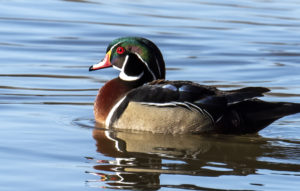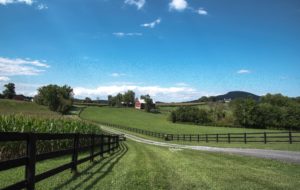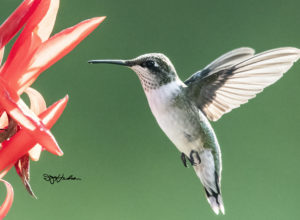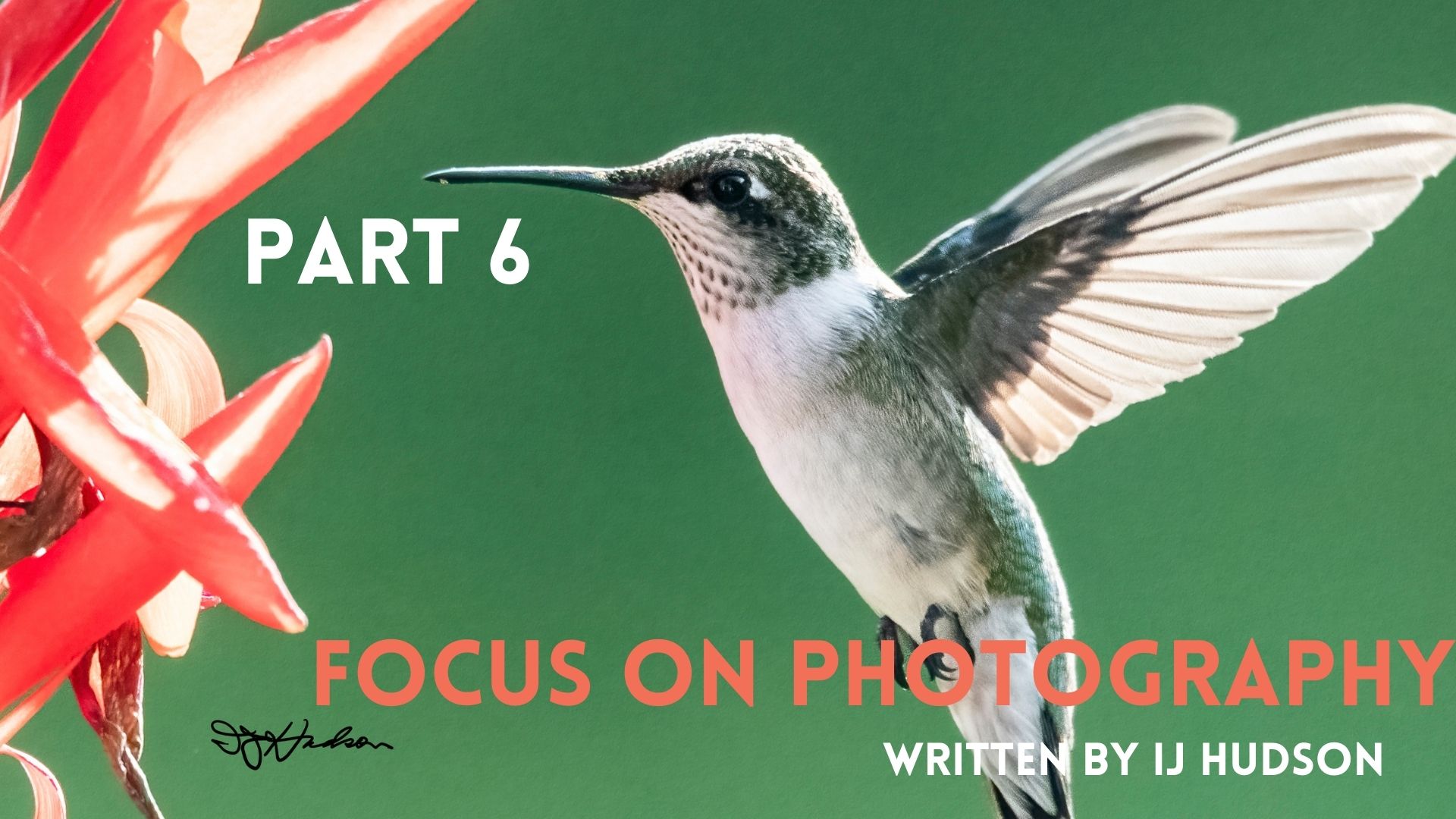By I.J. Hudson
I apologize in advance. This is a little technical, but a better understanding of how your camera works makes for better pictures.
What your camera captures depends on settings for Aperture, Shutter Speed, and ISO, not to mention lens, lighting, motion. and a host of things. Control what you can.
Aperture is the size of the opening in the lens to let in light. The smaller the number, the wider the opening and more light gets in. Aperture also affects depth of field. The smaller the number, the narrower the depth of field. Smaller numbers are useful for low light and portraits like this shot of a Wood Duck.

Larger numbers are useful for landscapes so more of the picture is in focus.

Shutter speed is how long the sensor is exposed. Time exposure can go many seconds or minutes to shoot star trails, or as brief as 1/2500th of a second to stop a hummingbird’s wings.

Long exposures require tripods. Pros use tripods whenever they can. Others like the freedom of NO tripod, but sometimes trade that freedom for sore shoulders and backs when toting a heavy lens.
ISO numbers are like film speed, but different. (Well, that helps a lot). Film has a single “speed” or sensitivity to light. You either change to a faster film to shoot sports and/or change the processing time. However, in today’s photography, ISO is like being able to change film. Change to a higher ISO when you’re shooting in low light, or to boost the shutter speed when shooting a moving object. In today’s photo world, the lowest ISO you can choose on your camera technically lets you take the highest quality picture, have less noise in the picture assuming shutter speed and aperture are good. Shooting in low light conditions generally requires using a higher ISO. The picture may be a little noisy, but you’ll have a picture.
Many cameras have auto and event settings to do a lot of the work for you. Choose “sports” and faster shutter speed is selected. Maybe you choose “sunset,” and the camera selects everything, including the sampling points to get the exposure correct. If you’re shooting indoors, and the camera doesn’t think there’s enough light, the shutter speed often changes to 1/60th of a second, and the flash flips up ready to fire. So many things the camera can do for you.
If you’d like more control, select either aperture or shutter as priority. Select aperture and the shutter speed will compensate and vice versa. You must decide whether aperture or shutter speed is more important for the picture. Capturing flying birds needs high or fast shutter speeds. This shot of an eagle was taken at 1/1250th of a second.

Can the aperture on your lens open enough to compensate for the high shutter speed?
Enter ISO. You can select a specific ISO number, which I do when I’m shooting the night sky or landscape – or use automatic. On automatic, the camera’s computer picks what ISO works with the shutter speed and aperture you’ve selected. It’s always a good idea to set a “minimum and maximum ISO.” The upper limit is particularly important to keep you from creating a picture that is way too noisy. I usually go with automatic unless I’m shooting something specific that requires a little playing. That way I don’t miss something like a shot of a mom with her little girl.
I hope this hasn’t been too technical. The important thing is to take pictures, try different things, and see what YOU like.


